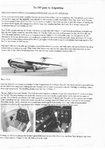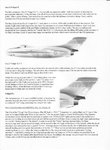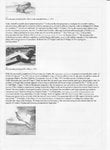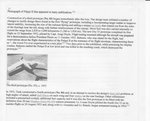FLYBOYJ
"THE GREAT GAZOO"
It's also noteworthy that steel was used in conjunction with aluminium. In conjunction with condensation, this generated a galvanic cell and a consequent high tendency for corrosion to occur. Airframes left out in the weather were soon fit only for landfill (sadly). See the full article.
Regards,
Magnon
While the 262 made use of both steel and aluminum in conjunction with one another, so did many aircraft of WW2. Again your argument has no real world basis. Situations where dissimilar metals are placed next to each other can be dealt with and many of todays aircraft still use dissimilar metals in their construction. WW2 fighters were not designed for longevity and 500 hours on an airframe would have been considered remarkable.





